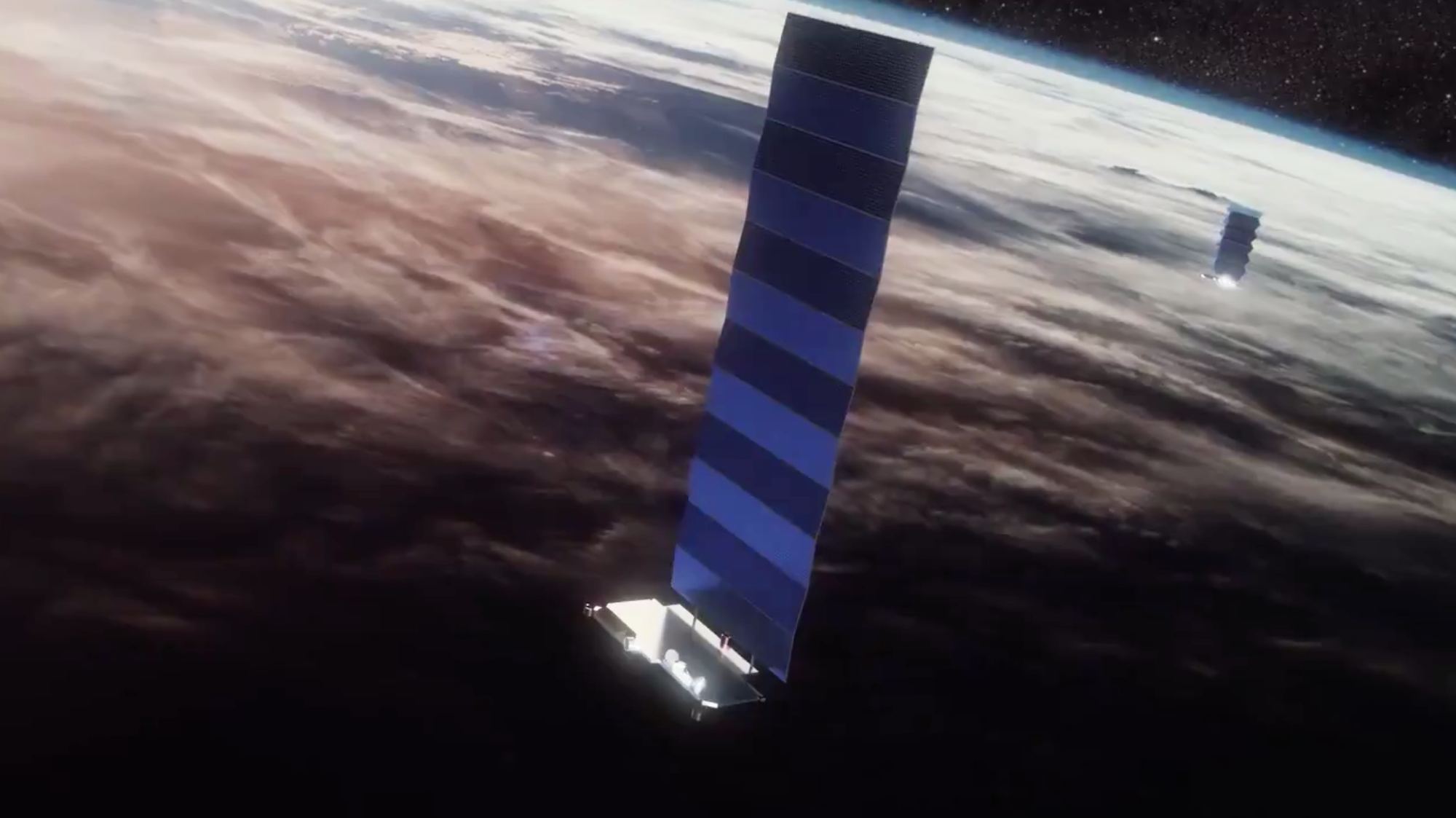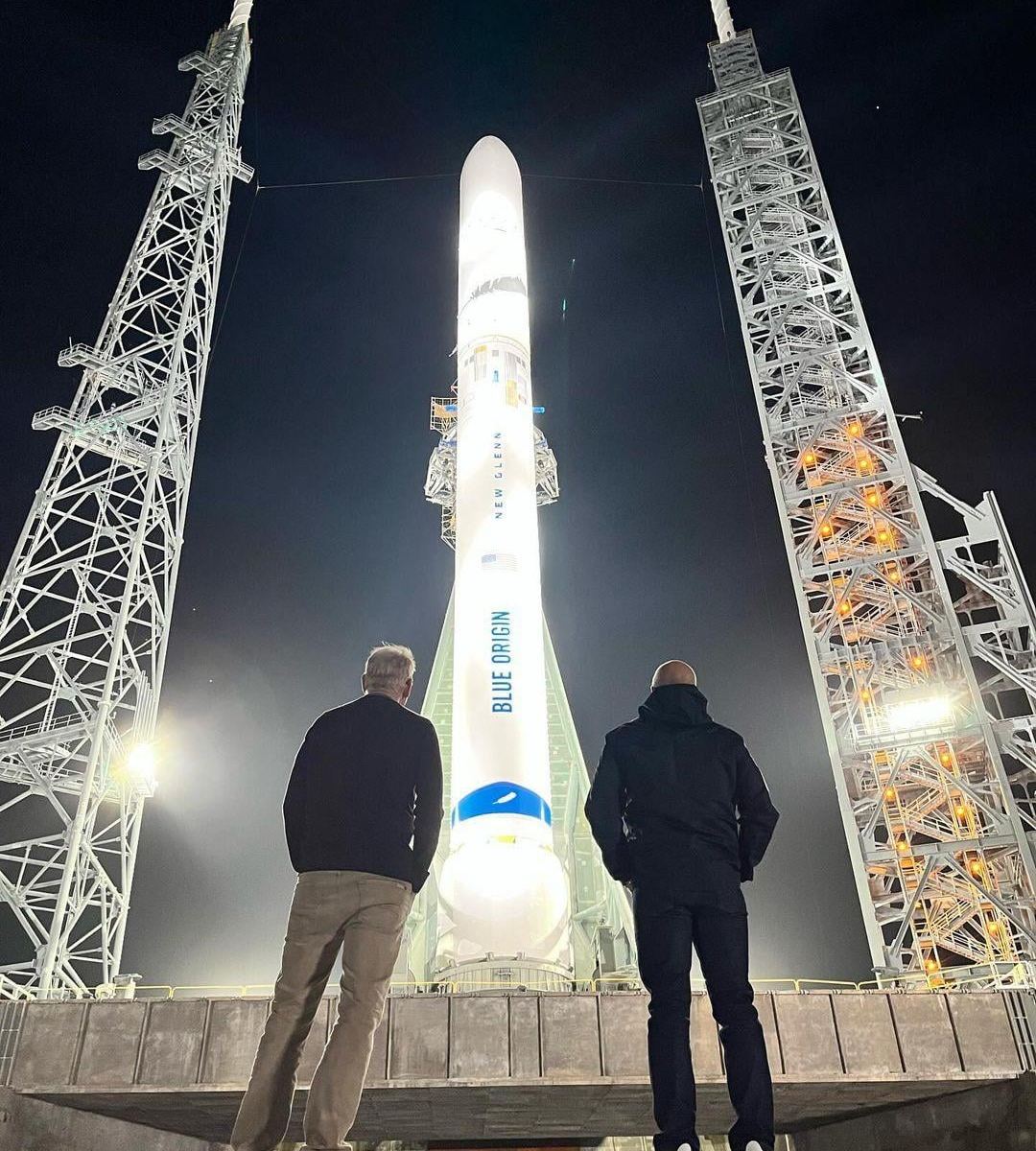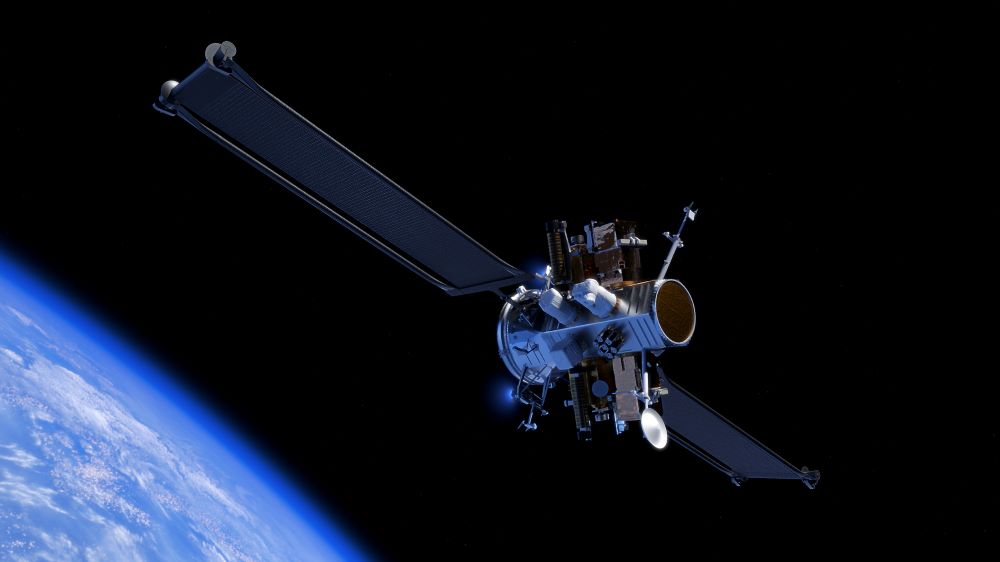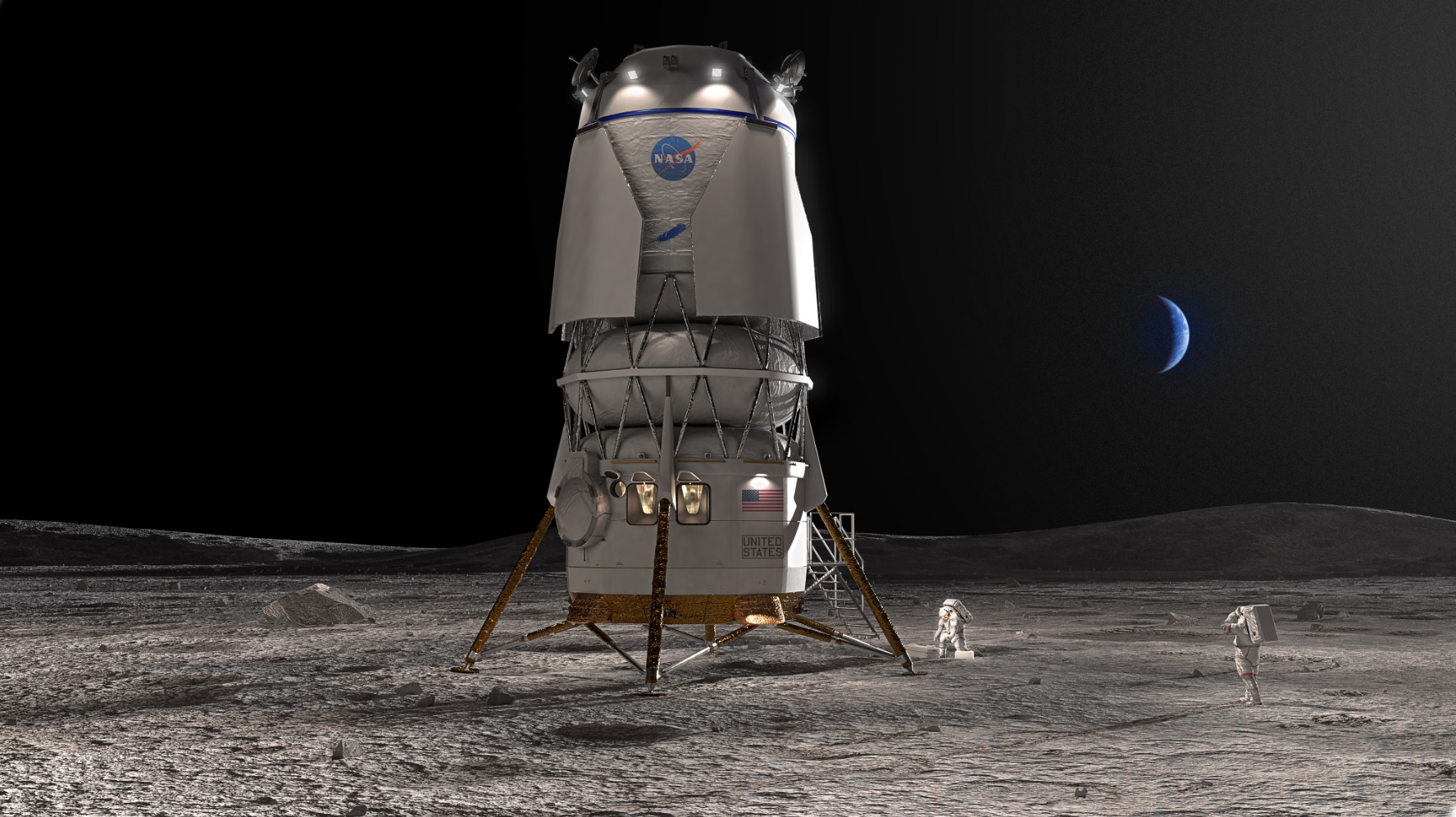Through the Artemis Program, NASA hopes to lay the foundations for a program of “sustained lunar exploration and development.” This will include regular missions to the surface, the creation of infrastructure and habitats, and a long-term human presence. To facilitate this, NASA is teaming up with industry and international partners to develop Human Landing Systems (HLS) that can transport crews to and from the lunar surface and landers that can deliver payloads of equipment, vehicles, and supplies to the lunar surface.
In a recent statement, NASA indicated that it intends to award Blue Origin and SpaceX additional work under their existing contracts to develop landers that will deliver equipment and infrastructure to the lunar surface. NASA also plans to assign demonstration missions to these companies, in addition to design certification reviews, which will validate their concepts. This decision builds on NASA’s earlier request, made in 2023, that the two companies develop cargo versions of their HLS concepts, which are currently in development for the Artemis III, Artemis IV, and Artemis V missions.
Continue reading “NASA has Plans for More Cargo Deliveries to the Moon”









